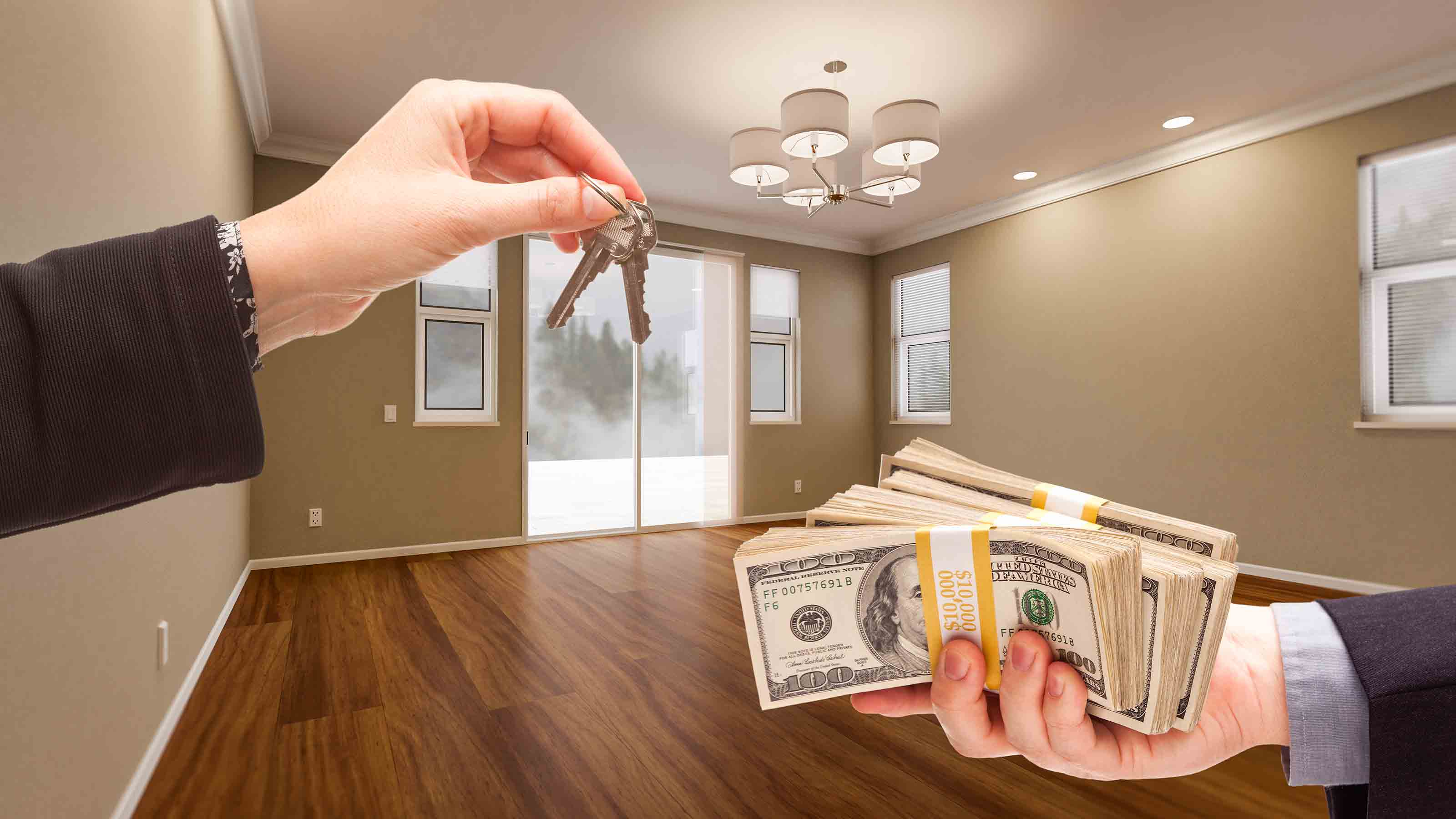The Outlook for Mortgages
A look at what would-be home buyers can expect when attempting to qualify for a mortgage this year.

Despite predictions to the contrary, mortgage rates have hovered at historic lows for three years now. After the Federal Reserve spooked the markets last summer over its intentions to stop propping up the mortgage and bond markets, the 30-year fixed rate spiked, to an average of 4.6%. But by late October it had fallen to 4.1%, according to Freddie Mac.
Improvement in the economy will boost rates, but probably not before midyear. Many forecast that 30-year fixed rates will be above 5% by then. However, Guy Cecala, publisher of Inside Mortgage Finance, thinks rates will bounce around 4%—give or take a quarter-point—for a while.
Lenders, still hurting from the easy-credit-fueled boom and bust of the past decade, continue to impose tough requirements on mortgage borrowers. “What you don’t have in this market is wild and crazy financing,” says Ron Stroble, of Umpqua Bank, which helped the Litkes refinance (see the accompanying article). Currently, borrowers with mortgages backed by Fannie Mae or Freddie Mac have an average credit score of 760 (out of 850), and FHA borrowers, 700. New federal rules for lenders that go into effect in mid January may provide greater clarity about what’s expected of lenders, but only time and more competition among lenders for mortgage business will get them to ease up on strict, self-imposed requirements for mortgage borrowers, says Cecala.

Sign up for Kiplinger’s Free E-Newsletters
Profit and prosper with the best of expert advice on investing, taxes, retirement, personal finance and more - straight to your e-mail.
Profit and prosper with the best of expert advice - straight to your e-mail.
Lenders are showing a little more flexibility. Many will “trade off” compensating factors—for example, you may qualify with a lower credit score if you have a larger down payment. Or if you have a good credit score, you can shop around for a better deal on a down payment, putting down as little as 5% on a Fannie- or Freddie-backed mortgage (FHA still requires only 3.5%).
Fannie and Freddie’s regulator, the Federal Housing Finance Agency, announced in late November that the conforming loan limit of $417,000 (and $625,500 in high-cost metro areas) would remain the same in 2014. Meanwhile, the jumbo market now is more competitive than it has been since the mortgage meltdown in 2007, says Cecala.
Get Kiplinger Today newsletter — free
Profit and prosper with the best of Kiplinger's advice on investing, taxes, retirement, personal finance and much more. Delivered daily. Enter your email in the box and click Sign Me Up.

-
 This One Area of Americans' Retirement Readiness Gets a Bad Grade
This One Area of Americans' Retirement Readiness Gets a Bad GradeMillions of Americans score poorly on retirement readiness due to this Achilles' heel. Are you prepared?
By Christy Bieber Published
-
 REAL ID Deadline: What You Need by May 7, 2025
REAL ID Deadline: What You Need by May 7, 2025Worried about needing a REAL ID soon? Learn more about the requirement, how to get your ID and valid REAL ID alternatives.
By Laura Gariepy Published
-
 How to Find Foreclosed Homes: Best Foreclosure Listings Sites
How to Find Foreclosed Homes: Best Foreclosure Listings SitesMaking Your Money Last Find foreclosed homes for sale on these foreclosure listing websites. Search for properties on these free, paid or government sites.
By Bob Niedt Last updated
-
 Luxury Home Prices Rise as the Rich Dodge High Mortgage Rates
Luxury Home Prices Rise as the Rich Dodge High Mortgage RatesLuxury home prices rose 9% to the highest third-quarter level on record, Redfin reports, growing nearly three times faster than non-luxury prices.
By Kathryn Pomroy Published
-
 Four Tips for Renting Out Your Home on Airbnb
Four Tips for Renting Out Your Home on Airbnbreal estate Here's what you should know before listing your home on Airbnb.
By Miriam Cross Published
-
 Five Ways to Shop for a Low Mortgage Rate
Five Ways to Shop for a Low Mortgage RateBecoming a Homeowner Mortgage rates are high this year, but you can still find an affordable loan with these tips.
By Daniel Bortz Last updated
-
 Looking to Relocate? Plan for Climate Change
Looking to Relocate? Plan for Climate Changebuying a home Extreme weather events are on the rise. If you’re moving, make sure your new home is protected from climate change disasters.
By Rivan V. Stinson Last updated
-
 Retirees, A Healthy Condo Has a Flush Reserve Fund
Retirees, A Healthy Condo Has a Flush Reserve FundSmart Buying Reserve funds for a third of homeowner and condo associations have insufficient cash, experts say. Here are some cautionary steps you should take.
By Patricia Mertz Esswein Published
-
 Cash Home Buyers: New Services Offer Help Making All-Cash Offers
Cash Home Buyers: New Services Offer Help Making All-Cash OffersBecoming a Homeowner Some firms help home buyers make all-cash offers on homes. Weigh the fees before you sign on.
By Emma Patch Published
-
 Home Sale Prices in the 50 Largest Metro Areas
Home Sale Prices in the 50 Largest Metro AreasBecoming a Homeowner What’s happening in the market where you live?
By the editors of Kiplinger's Personal Finance Published